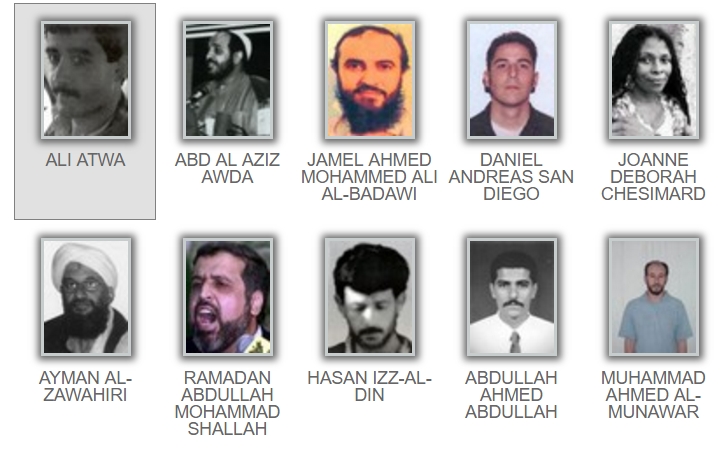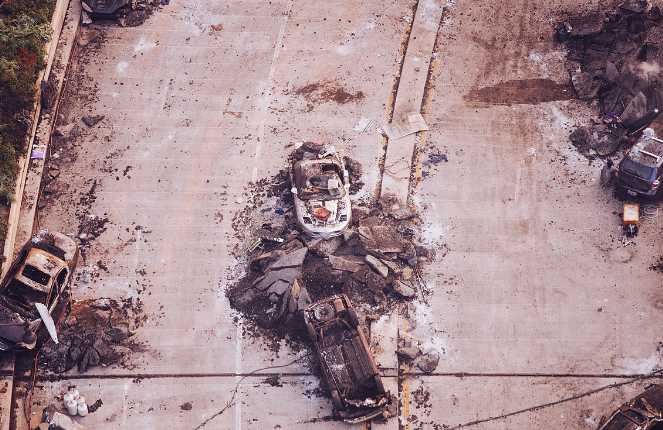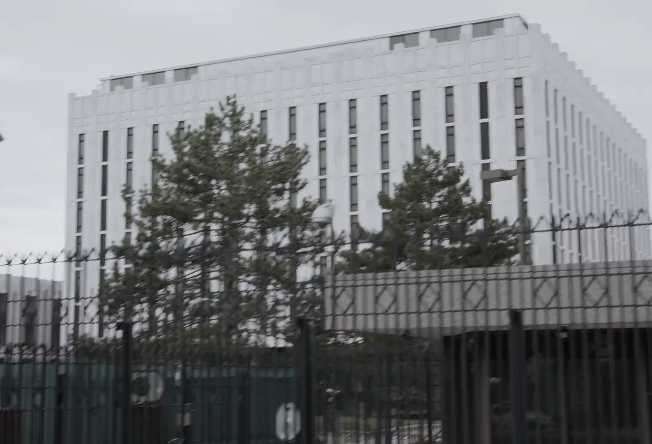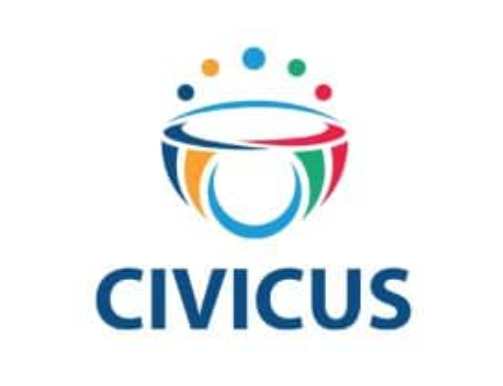
The Terrorist Screening Database (TSDB) is a consolidated database of information about people known or “reasonably suspected” of being involved in terrorist activity. Maintained by the FBI’s Terrorist Screening Center, the list is a counterterrorism tool that helps government agencies identify known or suspected terrorists who are trying to get visas, enter the United States, board aircraft or engage in other suspicious activity. It connects law enforcement agencies, homeland security, intelligence communities and select international partners.
When was the list created and why?
The list was created in 2003 after the Islamic terrorist group al-Qaida executed four coordinated attacks in the United States on September 11, 2001. The attacks claimed the lives of nearly 3,000 people and have become commonly known as “9/11.” A report by a congressionaly mandated independent panel, known as the 9/11 Commission Report, recommended the establishment of the list after finding government agencies neither shared terrorism information in a timely manner nor appropriately tracked terrorists.[xyz-ihs snippet=”adsense-body-ad”]
How do people get placed on the Terrorist Watchlist?
Known or suspected terrorists are added to the list after being nominated and thoroughly screened by U.S. Government agencies. The nominations are based on credible information developed by homeland security, intelligence agencies, law enforcement operations, consulates and U.S. embassies. After several layers of review by multiple government agencies, a nominating agency is required to provide an “objective factual basis” to believe someone is a known or suspected terrorist, according to the FBI.
How many people are on the list?
In 2014, there were about 800,000 names on the list, according to congressional testimony provided in September by Terrorist Screening Center Director Christopher Piehota.
How are the privacy and the individual rights of people on the watchlist protected?
People are not added to the list based solely on ethnicity, national origin, race, religious affiliation or civilities related to the First Amendment of the U.S. Constitution, which protects freedom of speech, freedom of the press, the right to peaceably assemble and to petition the government to resolve grievances. People nominated for inclusion to the watchlist undergo several rounds of government quality assurance reviews and audits. Regular reviews are conducted to ensure compliance with standards across government agencies. The Terrorist Screening Center employs an attorney who is dedicated to the privacy and civil liberties of nominees.
How can people who are on the list buy guns in the U.S.?
Being on the terrorist watchlist list does not alone disqualify an individual from buying guns or explosives, according to a 2013 report by the nonpartisan Congressional Research Service. People purchasing guns from federally licensed firearm dealers must undergo background checks. They can be denied the purchase of guns if they fall into any one of 10 categories of people. The categories include convicted felons, drug abusers, people with mental illness and undocumented immigrants. Being a known or suspected terrorist is not on the list of prohibited categories of people, so it is possible for those on the watchlist to legally buy firearms or explosives.
Also, people who buy guns from unlicensed dealers online or at gun shows are not required to undergo background checks.
How many guns have been sold to people on the terrorist watchlist?
Senator Dianne Feinstein of the Western state of California received statistics in March from the Government Accountability Office, Congress’ investigative arm. From February 2004 through 2015, 2,477 names of those who wished to buy guns or explosives were on the list. Of those, 2,265 – or 91 percent – successfully purchased guns.
The FBI conducted 23 million background checks for guns last year, the most ever.
Are there other watch lists?
The TDSB is a consolidation of multiple smaller subsets of the watchlist, including the Department of Homeland Security’s No Fly and Selectee list, which allows the selection of passengers for additional inspection at airports. Other lists are the Department of Justice’s Violent Gang and Terrorist Organization File and the Interpol Terrorism Watchlist.
Source: VOA
[xyz-ihs snippet=”Adversal-468×60″]








